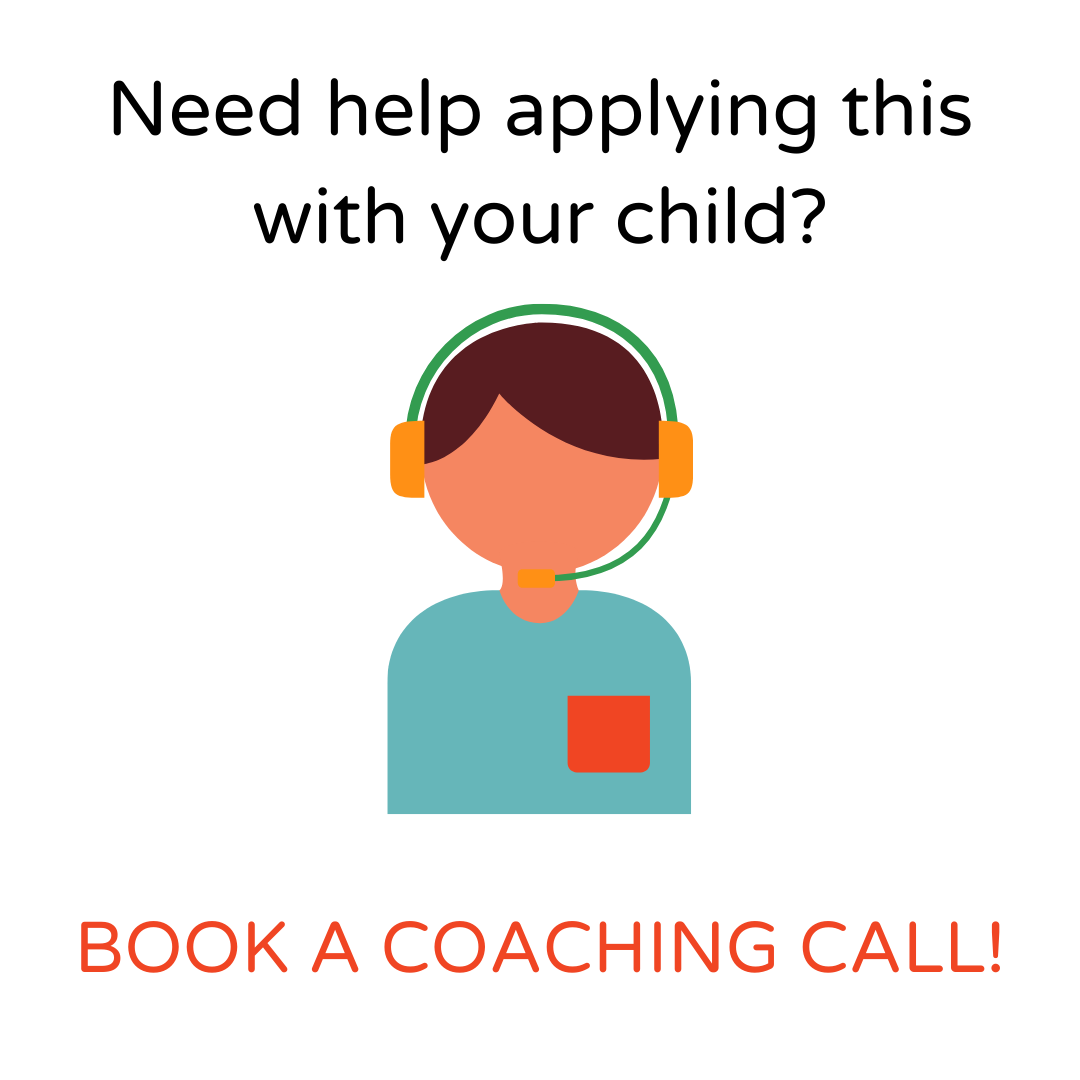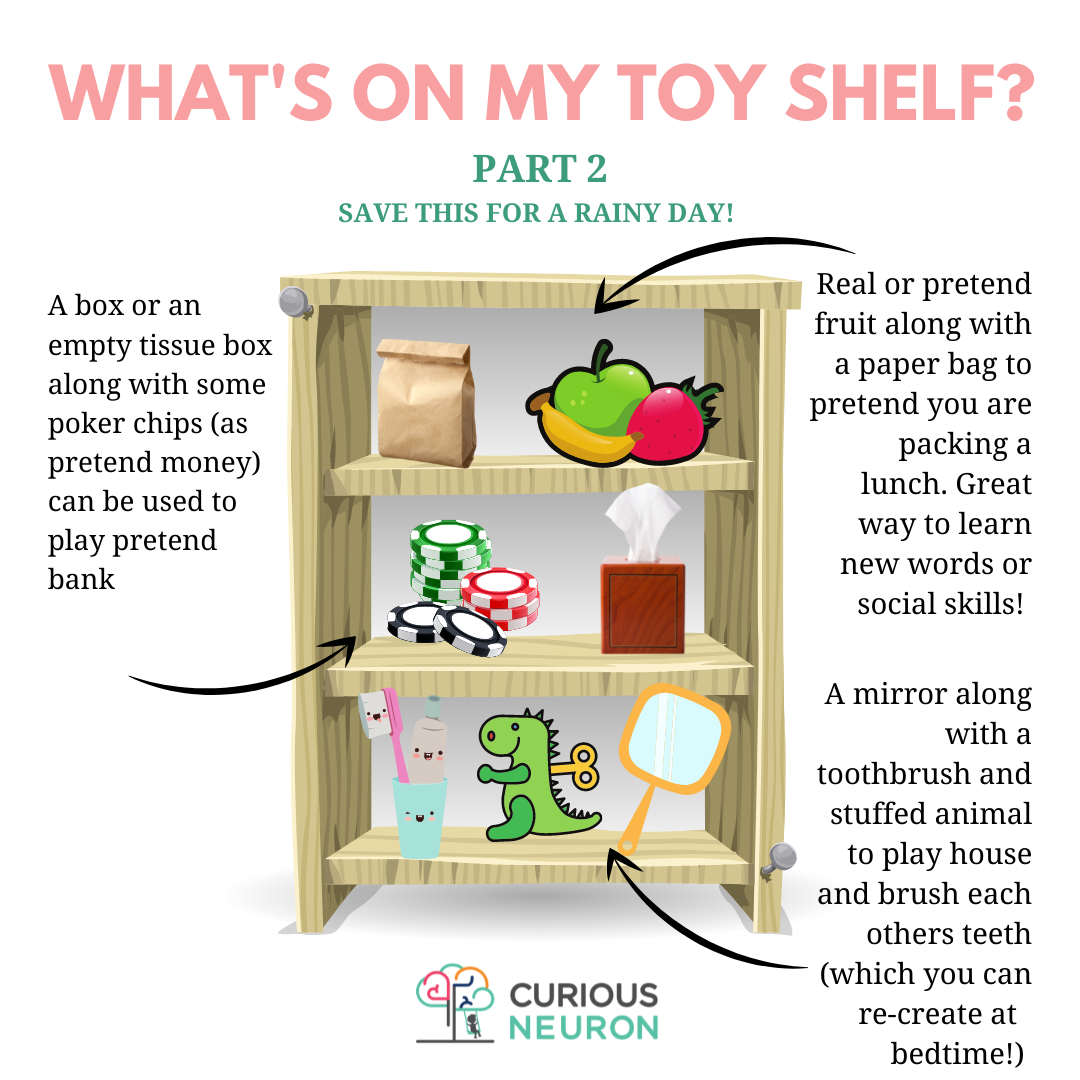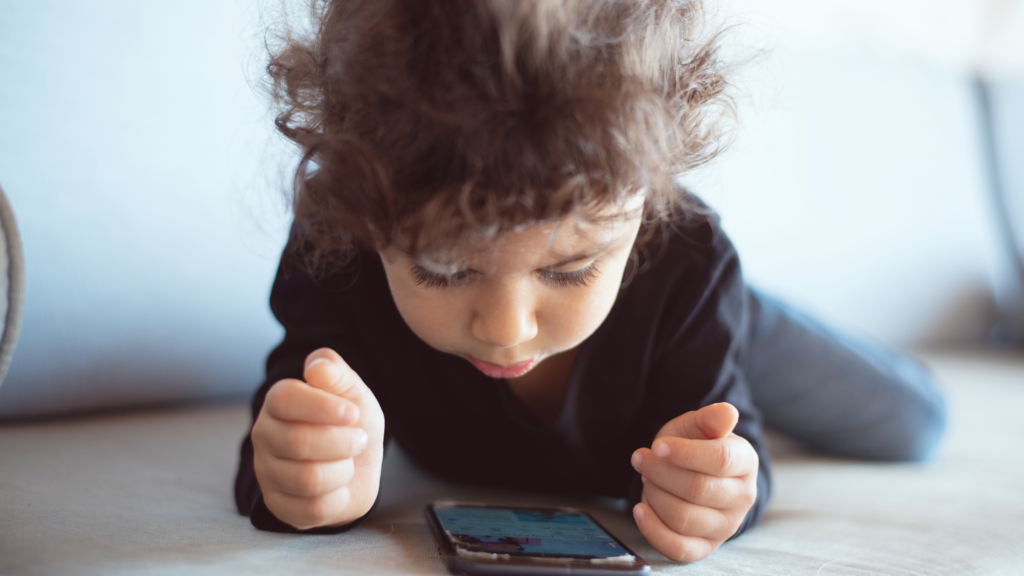Written by Cindy Hovington, Ph.D. Founder of Curious Neuron and Host of the Curious Neuron Podcast
The title of today’s post is a common comment I hear from parents. We purchase toys for our kids, yet sometimes, they don’t seem to play with them. I would like to share a few tips with you that will not only make play exciting again but will make it easier for you as well.
Play is one of the most important ways to support a young child’s development. There are tons of studies about play and what our role is in play (have you ever heard of scaffolding? stay tuned for a blog post about this!).
I started posting “What’s on my toy shelf” on Instagram (@curious_neuron) and the feedback has been great!
If your child seems bored and isn’t playing much with their toys (aka not allowing you to step away haha), then here are a few steps to help you out.
-
Minimize: Remove everything from their play space and only add a few items to their shelf/play space. Studies have shown that minimizing what is in a child’s play space, leads to longer playtime with the few items. You can also rotate toys to keep the play space new (just like leftovers are not as fun as a fresh meal!)
-
Use items from your home: Muffin tins, old handbags or makeup bags, old wallets and credit cards, serving trays, ice cube trays, painter’s tape, bowls, wooden spoons are some of the most used “toys” in my home. My kids, ages 2, 4, and 6 like to mimic what I do when they play pretend. Offering them these items in their play space/toy shelf gives them the opportunity to copy me and makes it easier for them to create a pretend play scenario.
-
Apply play categories: Toys that roll, construction toys, pretend play toys, arts and crafts, etc are all categories you can create. You can store them this way which also makes it easier to rotate toys. It also makes it easier when you are selecting which toys to layout on the shelf for the week. One from each category!
Below are some images to help you out. Is this helpful? Let me know in the comments below!
Need help knowing which toys to offer your child (ages 18 months to 5 years old) and how to support their development? Let us support you by selecting one of the options below!








